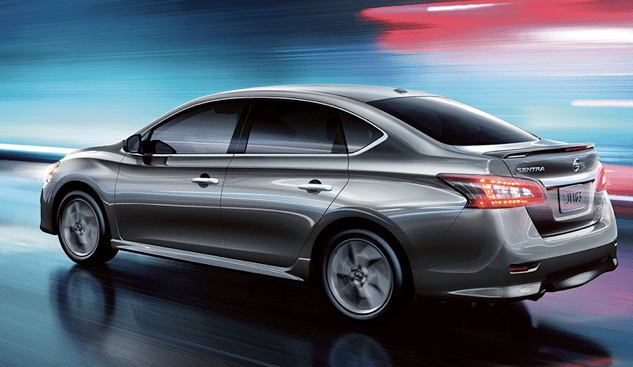
At the moment brands are obsessed with content. Count Nissan in.
Nissan has just launched a six part series to showcase some of the new features of the 2013 Sentra. The series follows the courtship and romance of Jeff and Felicia. Six videos are available for viewing on Nissan’s YouTube Brand Channel, including a special video message from Olympic Gold Medalist Ryan Lochte. Nissan is asking viewers to help come up with an ending via a Facebook app. The videos got about 9,000 views on average since launch Nov. 1. The very first episode is an exception. It was viewed 17,000 times. Nissan considers this a success.
The brand’s social media chief, Erich Marx, said that content is important because it is what fuels Nissan’s social media strategy. In fact, content is almost synonymous with social media. Without content, Nissan’s fans and followers wouldn’t have anything to discuss and share on a regular basis.
Why do brands place such high priority on content nowadays?
Brands are trying to connect with their customers on a deeper level these days. And the traditional 30-second TV spot or print ad simply cannot tell the brand story as completely as dedicated, longer-form branded content.The solution has been to add to the marketing mix custom, branded content that invites fans to engage, discuss and share on a regular basis.
How is this part of the shift marketing is currently undergoing from selling to telling?
With the advent of social media, building loyalty and advocacy is more about interaction than transaction. Advertising remains highly important, but the long term relationship with a customer will be built more than ever through a commitment to social marketing, social PR and social CRM.
What are the top three best practices for brands looking to create content?
First, keep it simple. Brands tend to think the general public is interested in the most minute details of a product or campaign. Err on the side of brief and high-level. Then provide a place for people to go if they wish for the details. Next, have a distribution plan. Content needs a push-start. Like a child riding a bike. Even the best content needs a plan. And last, know your audience. Are you talking to owners and enthusiasts? Or, just shoppers? Are they happy or having issues? Branded content must be purpose-built to speak to a specific audience. Content is definitely not “one size fits all.” It will appeal to different audiences, in different forums, in different ways and you need to hit the target square, otherwise your content will be ignored. There are simply too many choices for people to make when it comes to consumption of content and experiences.
What should brands not do?
Don’t try to sell. Branded content is about experiencing the brand. It’s about cleverly communicating the core values of the brand and the spirit of the brand. It’s not about communicating the buy one, get one free sale.
Brands have always created content. How is it different now?
The stakes are higher. Consumers are in control of what they view more than ever before. There are no guarantees anyone is consuming your traditional advertising messages anymore. Branded content now plays a larger and more important role in defining the brand and engaging with an owner base and prospect base. Social media has raised the bar. Expectations among consumers that they will have a voice and not simply be shouted at are on the rise. Customers now believe they can impact a brand, its products and even marketing strategies. I realize some may view this as a bad thing, but make no mistake, this is a good thing. Consumers want to engage. They want a role. They want to be advocates for the brands and products they choose. Branded content can deliver on the promise of a two-way conversation and deeper relationship that can turn customers into loyalists, and evangelists.
More in Marketing

Avocados From Mexico turns to AI to advertise around the Super Bowl instead of a TV buy
As Super Bowl ad prices climb, Avocados From Mexico is leaning further into an AI activation designed to drive engagement and utility in real time.

In Graphic Detail: Why platforms are turning social video into living room TV
2026 is shaping up to be the year that the rest of the platforms join YouTube in turning the screw on traditional TV.

Beverage brands update Dry January marketing based on changing consumer habits
Today, people generally seek balance when pursuing their personalized wellness goals in a new year.





